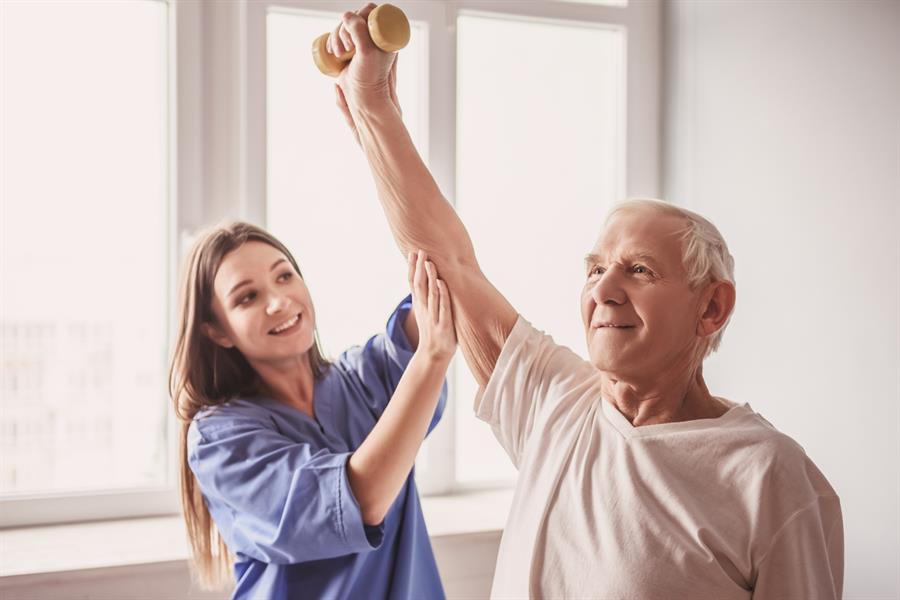Stroke affects up to 10% of older adults in Canada, making it the third leading cause of death nationally, and one of the leading causes of disability worldwide. Ischaemic stroke occurs when the blood supply to the brain is interrupted or reduced, causing brain cells to die. We know that time is of the essence when it comes to getting to the hospital for treatment. But for many people, recovery from the initial event is just the beginning of a longer period of rehabilitation to restore lost function caused by the stroke. Strokes can cause a variety of temporary or permanent disabilities, including paralysis, pain or difficulty completing daily activities such as walking, eating, or getting dressed.
The good news is, according to the Heart & Stroke Foundation of Canada, remarkable progress has been made in tackling cardiovascular disease in Canada over the past 60 years, with death rates declining by more than 75 percent. Research advances have also played a key role in fighting acute ischaemic stroke. We have compiled some of the latest research on strokes including rehabilitating movement and language after experiencing a stroke.





